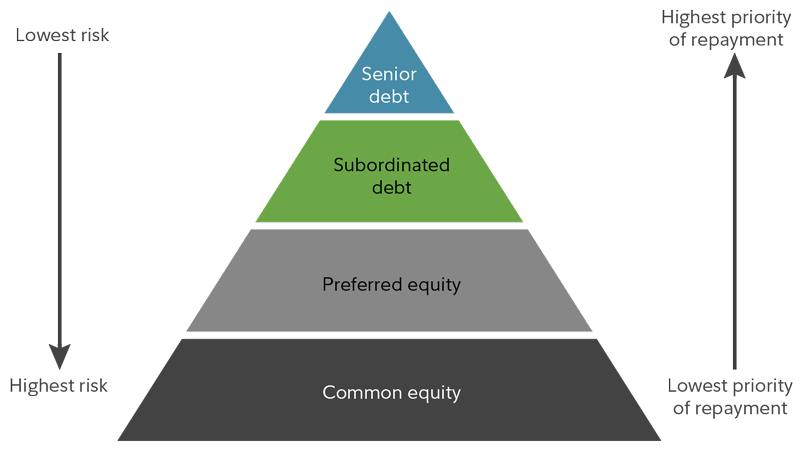It looks like you're new here. If you want to get involved, click one of these buttons!

https://www.federalregister.gov/d/2023-15124/p-224institutional prime and institutional tax-exempt money market funds will be subject to a mandatory liquidity fee when net redemptions exceed 5% of net assets. Funds will not be required to impose this fee, however, when liquidity costs are less than one basis point, which we anticipate will often be the case under normal market conditions.
Final Ruleremove the ability for a fund board to temporarily suspend redemptions if the fund's liquidity falls below a threshold. In addition, the [SEC regulation] amendments will remove the tie between liquidity thresholds and the potential imposition of liquidity fees."

Summary Prospectus, 2014Liquidity Risk. Liquidity risk exists when particular investments are difficult to sell. The Fund may not be able to sell these investments at the best prices or at the value the Fund places on them. Investments in private debt instruments, restricted securities, and securities having substantial market and/or credit risk may involve greater liquidity risk.
https://personal.vanguard.com/pub/Pdf/p030.pdf?2210171184Dormant Accounts
If your account has no activity in it for a period of time, Vanguard may be
required to transfer [escheat] it to a state under the state’s abandoned property law,
subject to potential federal or state withholding taxes.
© 2015 Mutual Fund Observer. All rights reserved.
© 2015 Mutual Fund Observer. All rights reserved. Powered by Vanilla